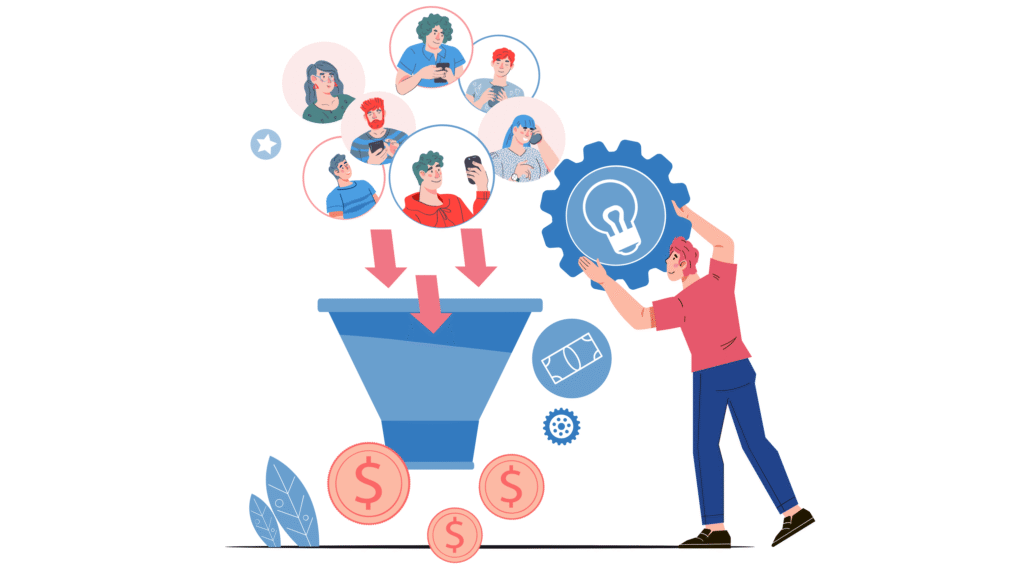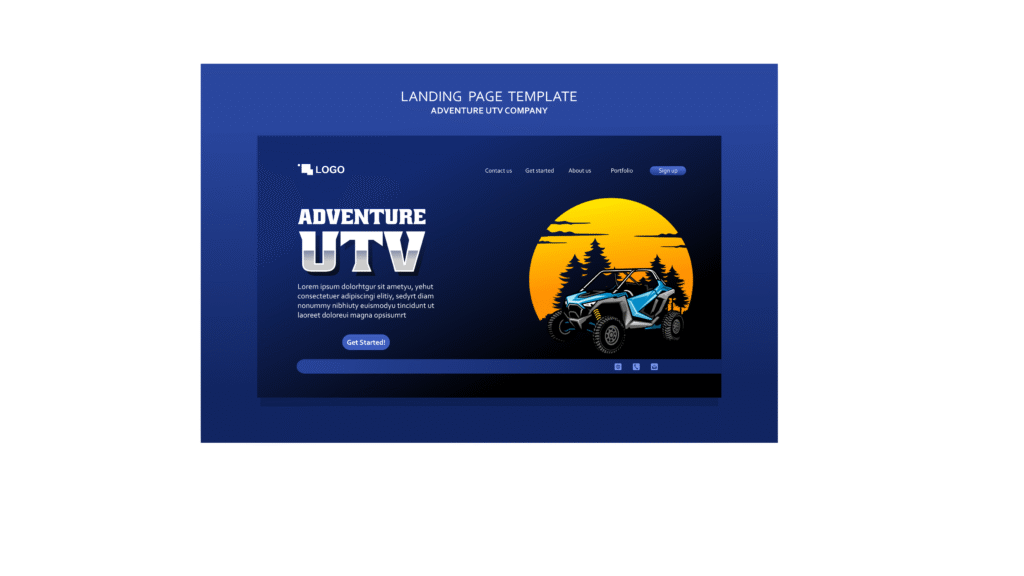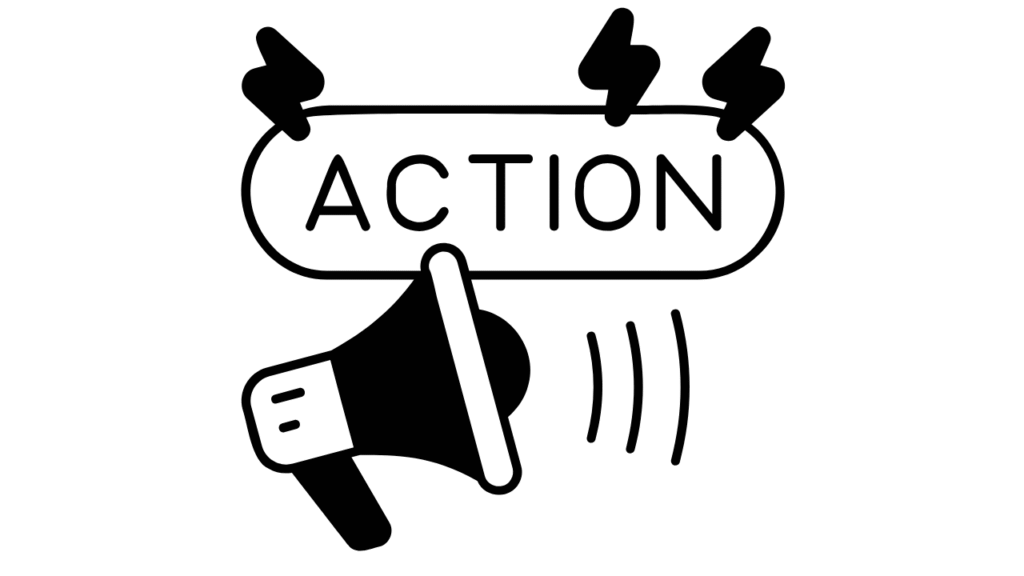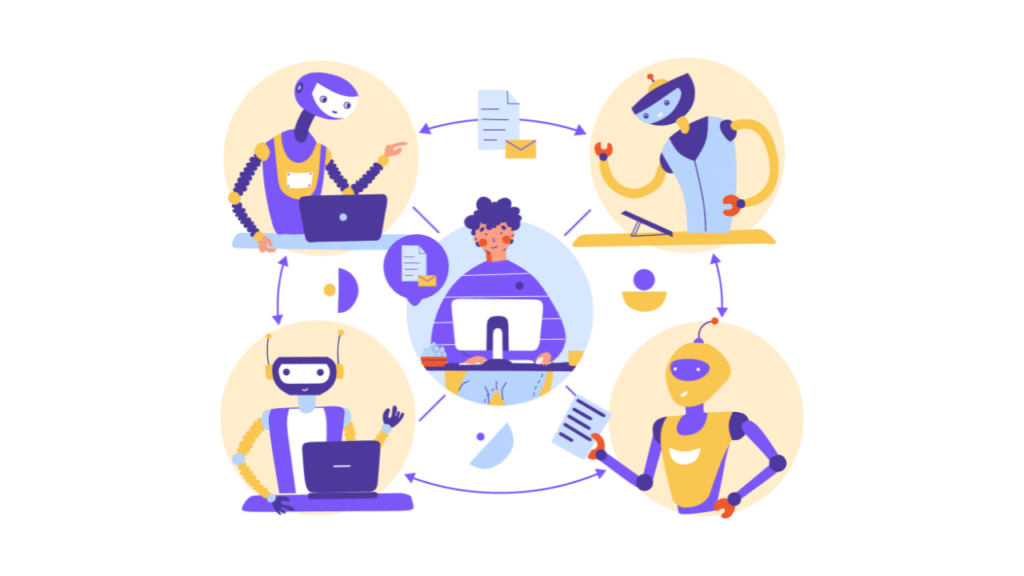
What are digital sales funnels?
Digital Sales Funnels: What Are They, How Do They Work, and Why Are They Essential for Your Business?
In the world of digital marketing, one of the most important and effective concepts for converting visitors into customers is the sales funnel. Although it may sound technical, it’s actually a strategy that helps guide potential customers through a structured process, from the moment they discover your brand to making a purchase or taking the desired action.
What are digital sales funnels?
A digital sales funnel is a strategic model that represents the journey a potential customer takes from discovering your brand to making a purchase or becoming a loyal customer. The «funnel» metaphor comes from the fact that, in the early stages, you attract a large number of people, but as they progress through the process, the number of interested parties decreases, leaving only the most qualified and motivated to buy.
This process is divided into several phases, each designed to move the prospect closer to a purchase decision through specific content, offers, and actions.

How do digital sales funnels work?
The operation of a sales funnel is based on the idea of attracting, converting, closing, and retaining customers. Below, I explain each stage in detail:
1. Attraction (Top of the Funnel)
Objective: Generate traffic and capture the attention of a wide audience.
What is done? Strategies such as content marketing, SEO, social media advertising, paid ads, among others, are used to attract visitors to your website or landing page. Example: Publish blog articles, YouTube videos, social media posts, or ad campaigns on Facebook or Google.
2. Interest and Consideration (Middle of the Funnel)
Objective: Convert visitors into leads (potential customers) by generating interest and trust. What is done? Offer valuable content, such as ebooks, webinars, discounts, or newsletters, in exchange for the user’s contact information (such as their email address).
Example: Offer a free ebook on a relevant topic in exchange for the visitor’s email address.
3. Decision and Action (Bottom of the Funnel)
Goal: Convert leads into customers through targeted offers and clear calls to action. What to do? Send personalized emails, offer promotions, demos, or free trials to motivate the purchase.
Example: Send an email with an exclusive offer or a reminder to complete the purchase.
4. Loyalty and Recommendation Goal:
Keep customers satisfied, encourage repeat purchases, and promote referrals. What to do? Implement loyalty programs, personalized customer service, and post-sale content.
Example: Send satisfaction surveys, offer discounts for future purchases, or request testimonials.
Main components of a digital sales funnel





Importance of Sales Funnels
Sales funnels are essential because: They guide the customer: They structure the path from when a potential customer discovers your brand to when they make a purchase, offering relevant experiences at each stage (awareness, consideration, decision).
© Content Factory 2025 All Rights Reserved.
